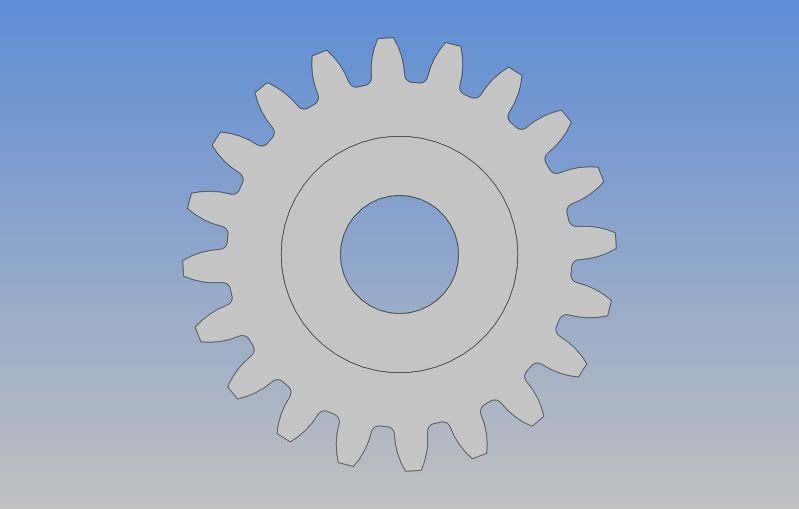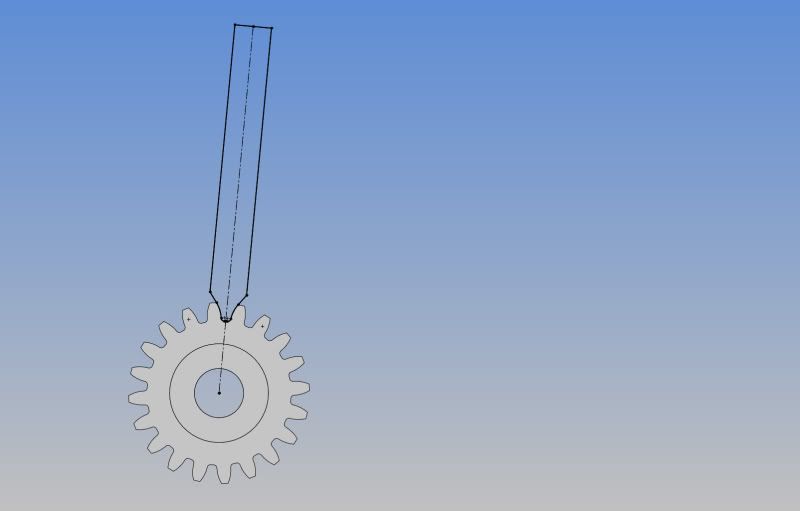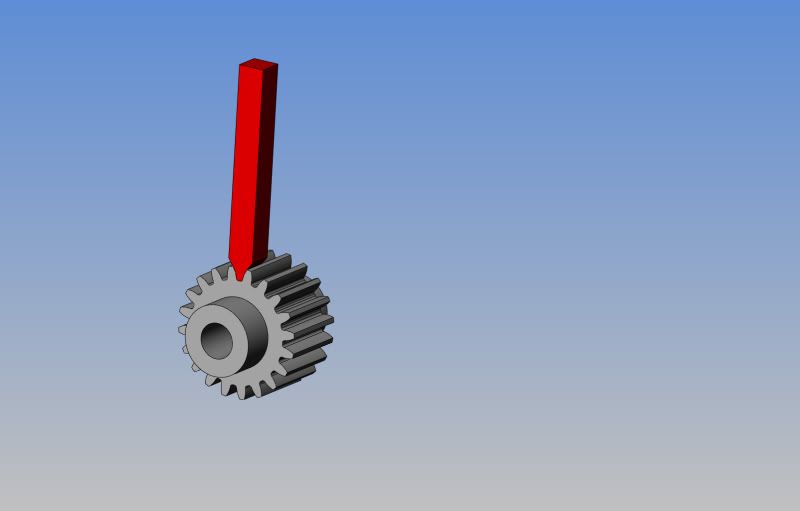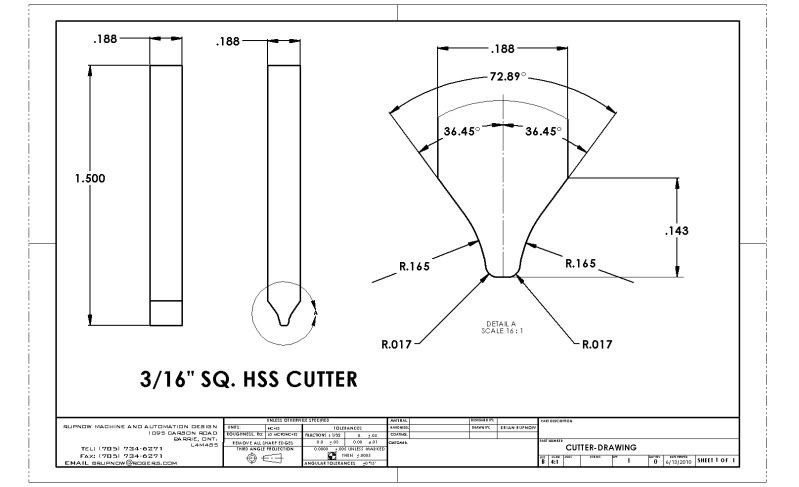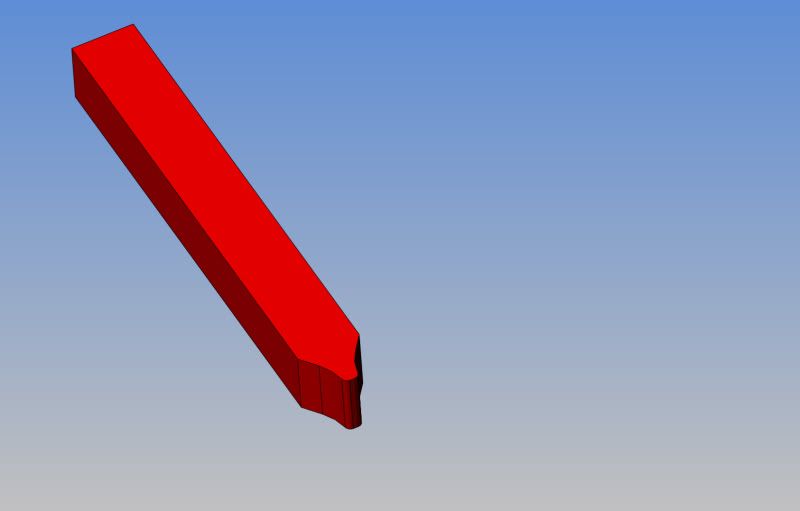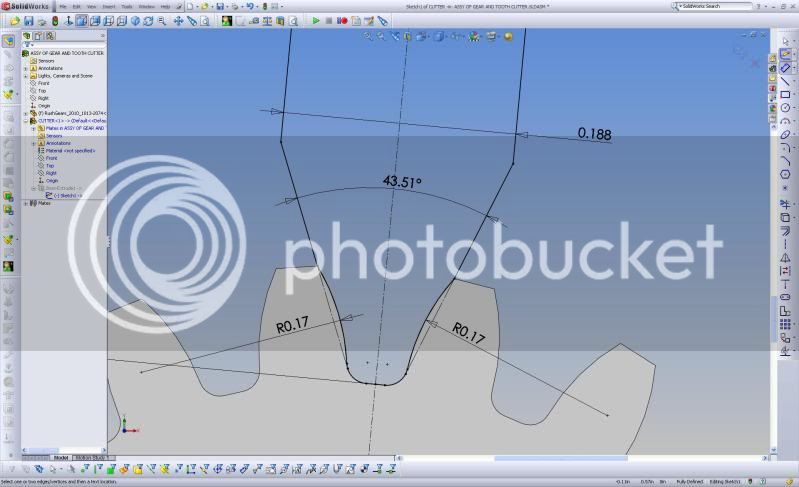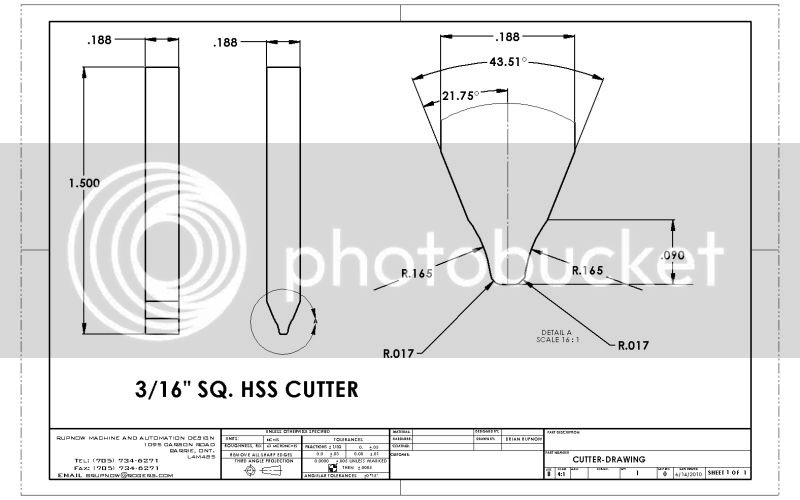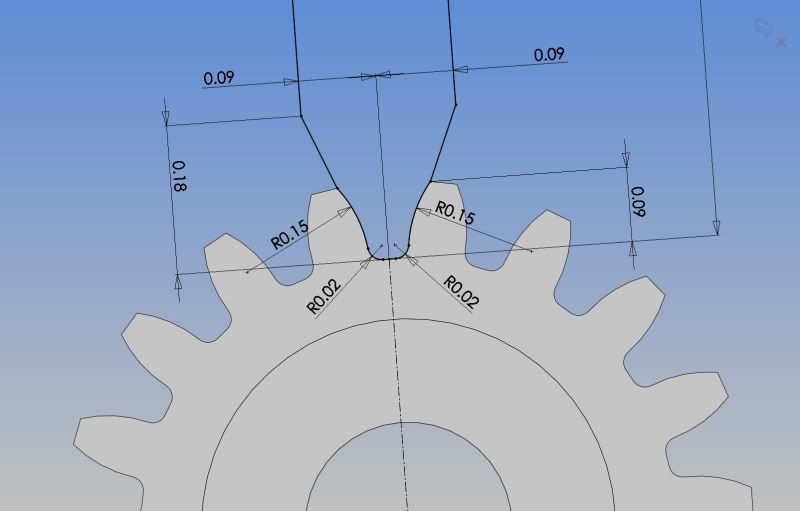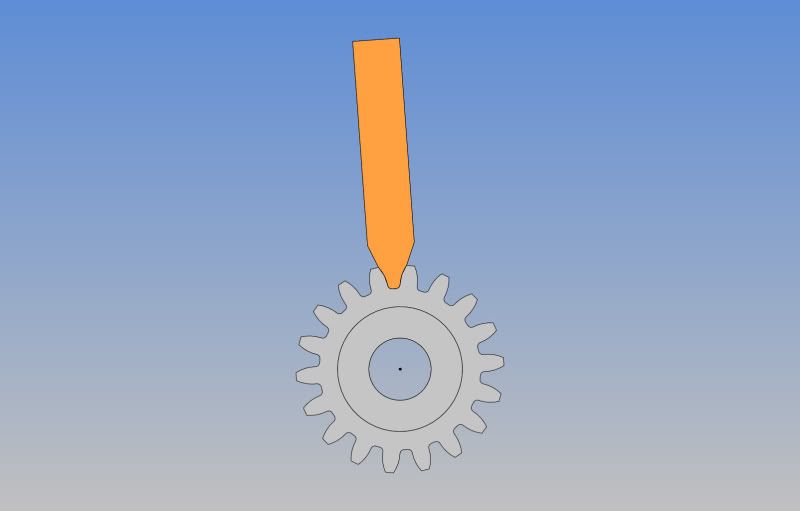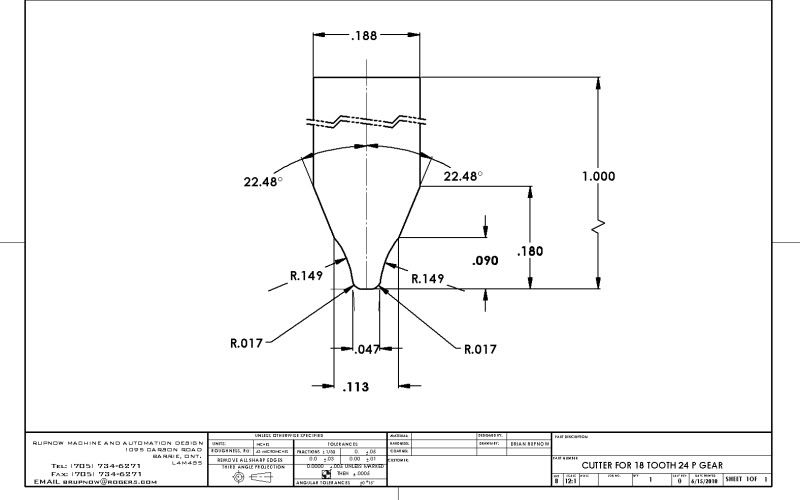I was so inspired by Captain Jerrys post about gear cutting in his thread about the donkey engine, that I thought I might try it. I have never done this before, so it will be a total learning experience for me. Jerry refers to this excellent website in his post
http://www.rushgears.com/Tech_Tools/PartSearch5/partSearch.php?gearType=SPUR
which will let you configure the gear to what you want, and then let you download a 2D or 3D file of it to use on your computer.
http://www.rushgears.com/Tech_Tools/PartSearch5/partSearch.php?gearType=SPUR
which will let you configure the gear to what you want, and then let you download a 2D or 3D file of it to use on your computer.





